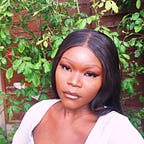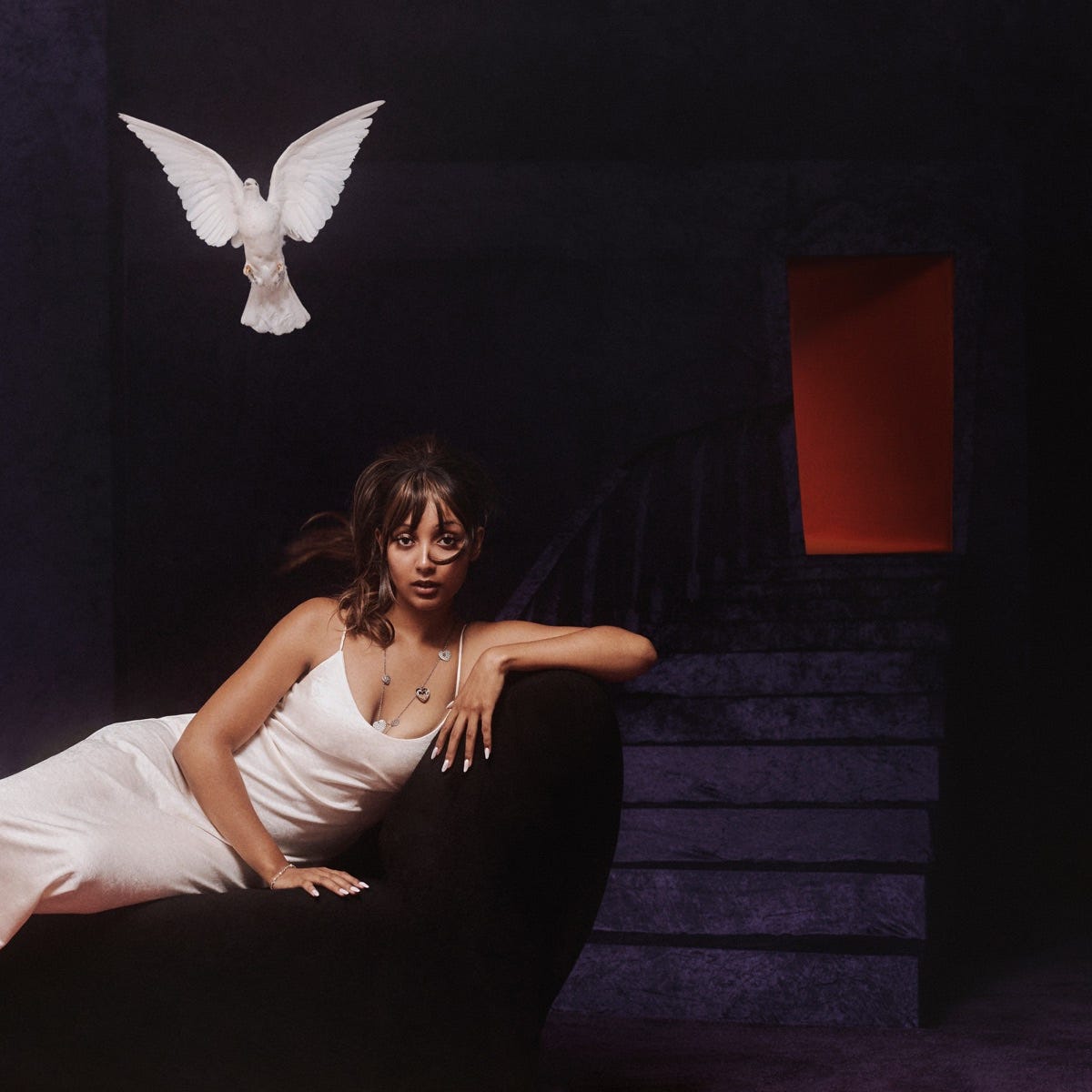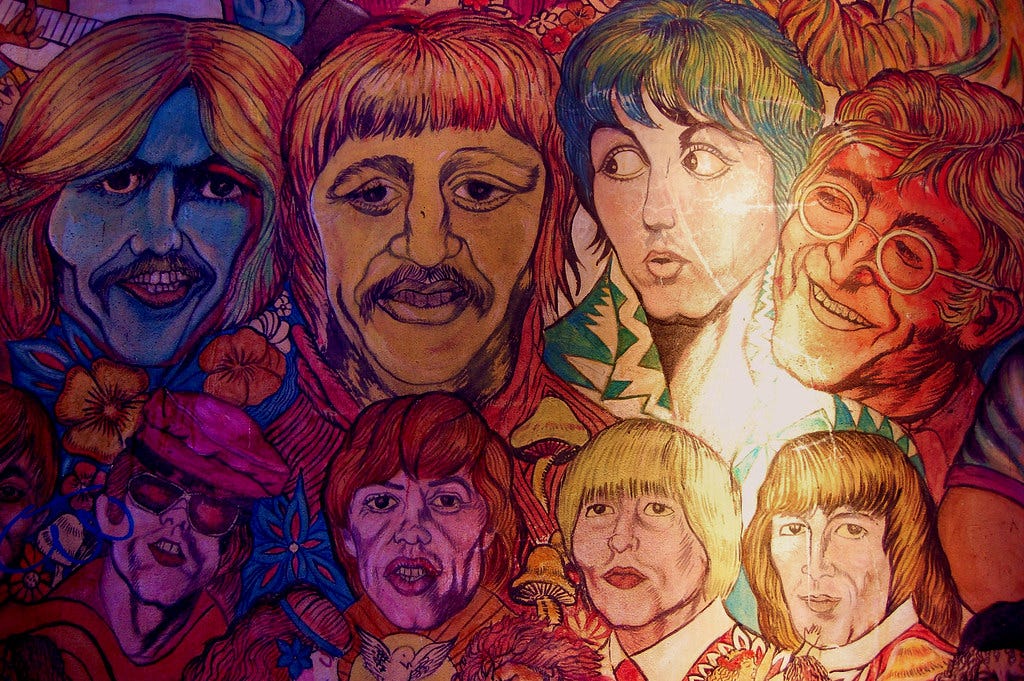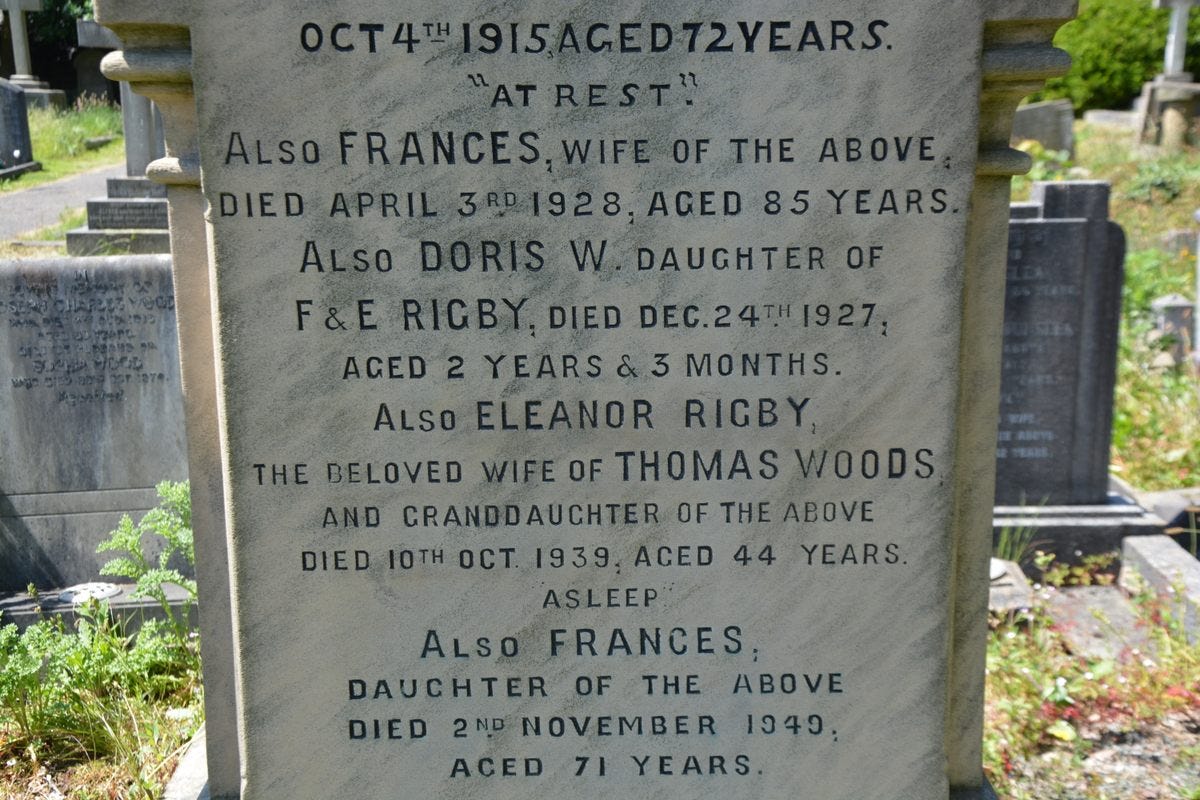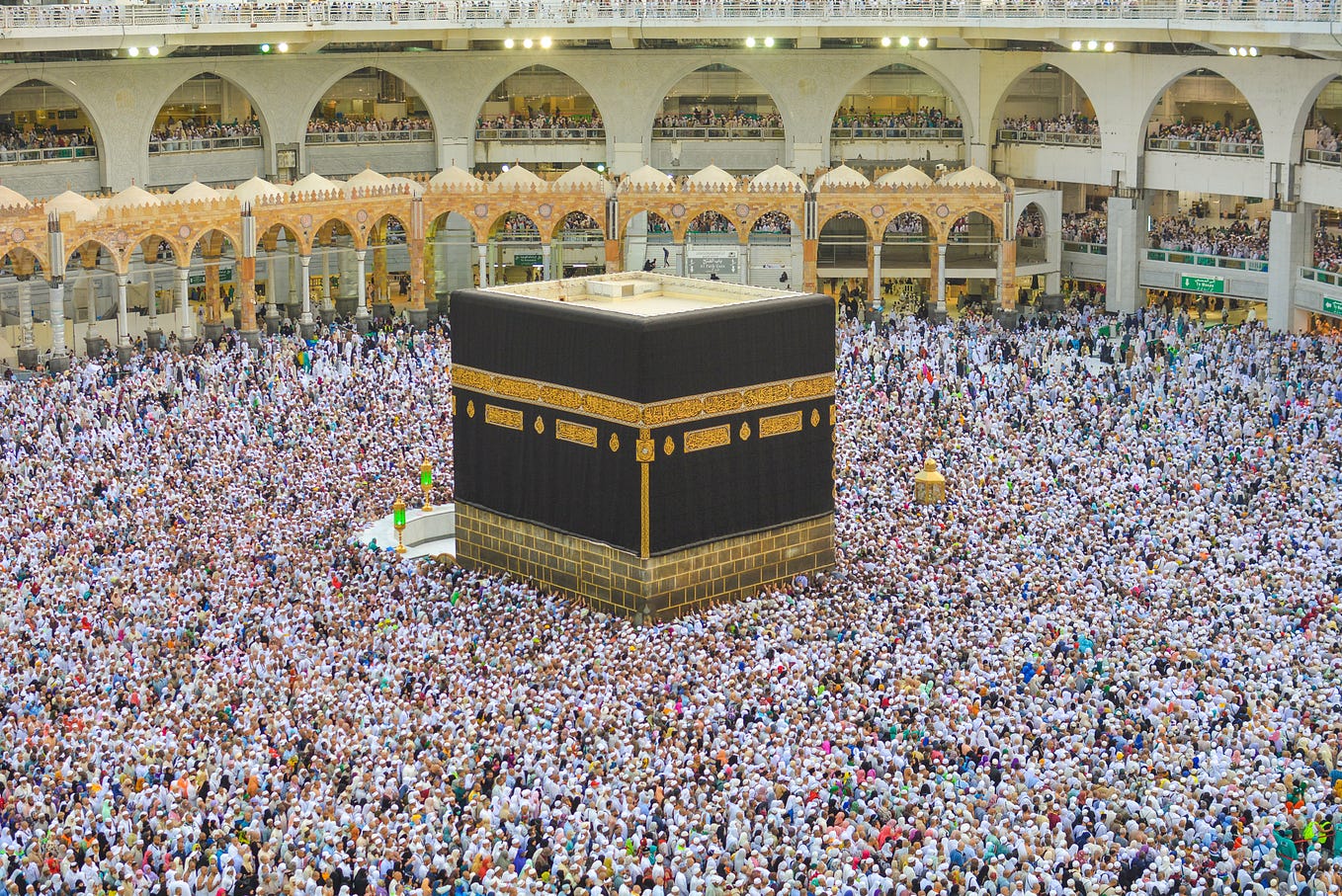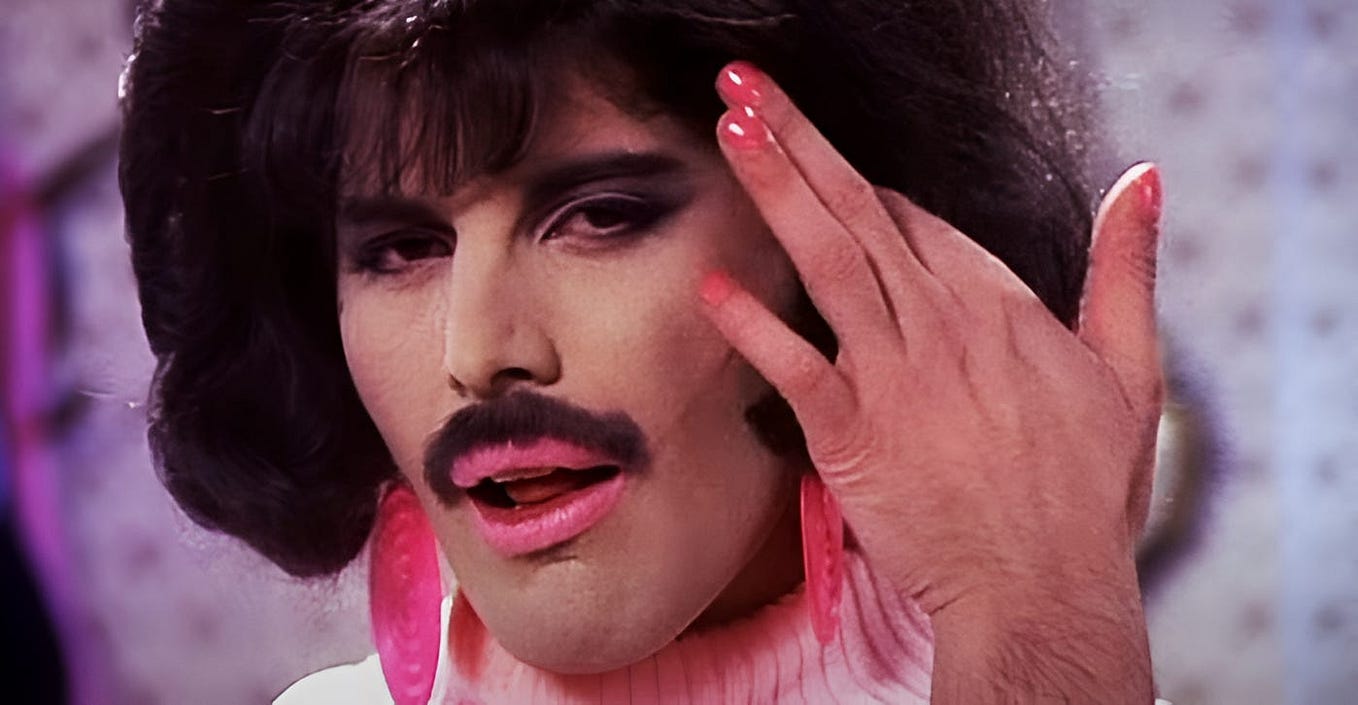Solange: When I Get Home (Director’s Cut)-Envisioning a Black Utopia through Afro-Surrealism and Afro-Futurism.
It’s been 5 years since Solange released her album When I Get Home which was accompanied with a 41 minute long film depicting a world one can only describe as a black utopia. It was clear whilst watching the director’s cut that many years ago, that the film was ahead of its time and still 5 years later, the sentiment remains.
Solange imagined and created a world that is foreign to the black experience as we presently know it, echoed by the opening track of the album Things I Imagined where the singer repeatedly chants
“I saw things I imagined”
as the entirety of the song, signalling our entrance into a dream like world, a sentiment depicted throughout by the visual language. The film offers a hope of what could be while simultaneously rewriting reality as we know it; both which are components of Afro Surrealist and Afro Futurist movements, to aid in dreaming of a life when we get home.
Afro- Surrealism
Afro- Surreal is a term coined in 1974 by Amiri Baraka to introduce the works of writer and poet Henry Dumas; to describe his skill in creating an entirely different world organically connected to this one. In 2009, D. Scot Miller published the Afrosurreal Manifesto in which he acknowledged the union with Surrealism but emphasised its strong relationship with the Blackness Movement and Black art Movements. He wrote
“Afro-Surrealists restore the cult of the past,” and “presuppose that beyond this visible world, there is an invisible world striving to manifest, and it is our job to uncover it.”
Afro- Surrealism can be better understood as a cultural and artistic movement that combines elements of African cultural traditions with Surrealist art. It’s often used as a way of exploring the black experience and identity through a dream-like and fantastical lens; employing the power of creativity and imagination to engage with complexities of the black experience and history. Afro- Surrealism fundamentally claims the right of Black and African people in the diaspora to define our own identities, rights and cultures, despite the influence of colonialism, systemic oppression and the injustices denounced by the civil rights movement.
How does this tie back to Solange’s When I Get Home you ask? The film is largely a homage to Solange’s hometown Huston with dreamy scenes of black cowboys and cowgirls riding around Huston on their horses- thus addressing the erasure that black cowgirls/boys have historically faced in media coverage. The film also consistently features beautiful geometric architectural structures which serve as stages and sets in wide open isolated spaces, adding a dreamy and fantastical feel to the film while Solange and her all black choreography team perform these soft, uniform and often repetitive movements in bold silhouette colours and costumes.
In the song Almeda, named after the street Solange grew up in Huston, the singer Chants:
“These are black-owned things
Black faith still can’t be washed away…
Brown sugar, brown face
Brown liquor
Brown sugar, brown braids
Black skin
Black Benz, black plays
Black molasses, blackberry the masses”
The visual portion for this song tracks Solange and her dancers in various locational backdrops i.e the very muted and dull looking cooperate like settings, another in a seemingly concrete city space with high rise sky scrapers juxtaposing her small body in comparison. It’s worth noting how Solange uses repetition as a tool both visually and lyrically to emphasise her points and to make sure nothing gets lost in translation. I believe this is to ensure that her audience doesn’t miss the mark on who exactly she’s making this body of work for. Consequently, the repetitive elements leaves the viewer almost in a trance because of how surreal the visuals look and feel therefore one cannot help but feel like they’re in a completely different world yet still connected to the past and present. This leads perfectly to my next point:
Afro- Futurism
A cultural aesthetic, philosophy and history that explores the intersections of the African Diaspora culture with science and technology. Afro- Futurism is often presented in range of artistic expressions with shared interests in envisioning a black future, which usually stems from Afro diasporic experiences. The term was coined by Mark Dery, an American cultural critic in 1993 and explored in the late 1990s through conversations led by Alondra Nelson.
The movement has been explored across various art forms like Jean Michel Basquiat with art, Octavia Butler in literature, the Black Panther Comics in film etc. Afro- Futurism in music showcases music that is non traditional with a focus on the topic of blackness and space, themes of alienation, reclamation and an aspiration for a utopia, with themes of ‘alien’ or ‘other’ often explored. Afro- Futurism was first explored in music in the 1950s by Sun Ra, then later on in the works of Grace Jones, Erykah Badu, Missy Elliott, Janelle Monae, Solange and arguably Beyoncé in her critically acclaimed album Lemonade, and more recently Kelela.
Afro- Futurism in music helps black artists re-imagine their identities and look past the limitations often placed on us while we exit in the world and even the ones we sometimes places on ourselves. Often when films depict a futuristic or utopian world there seems to be an erasure of black people, subliminally sending across the message that there are no black people in an ideal world; and as A Tribe Called Quest so eloquently put it
“There ain’t a space program for n*ggas
Yeah, you stuck here, n*gga”
In a conversation with Trevor Noah about her album When I Get Home, Solange states her intention with the body of work, saying she’s
“trying to leave behind worlds for young Black girls to discover ten, twenty years from now. […] Everything that I do I try to center myself and my purpose in the things that I needed to see and be fed as a young girl. […] I am a Black woman so the work will always be through the lens of a Black woman.”
While Solange’s take on Afro futurism is not as overt as the usual silver/chrome flashy costumes, distorted visuals, alien imagery, UFOs and typical futuristic fantasy lands; her overall intent is felt throughout the film as one can see her journey into world building, free of limitations which is a core component of Afro-Futurism.
There are however, two distinct moments in the film where Solange overtly displays Afro- Futuristic elements. One is is during the 3-D animated sequence for the song Sound of Rain made by Jacolby Satterwhite set in a space that is quite literally not of this world. Depicting flying horses and cowboys working in a sort of farm as the animation follows their life cycle through their toil to create a bigger picture that is of a black couple in an embrace.
The second instance is the visual component the song Stay Flo. Here, popular internet star Zolar Moon dances around what is seemingly a spaceship console in a chrome two piece bathing suit which she eventually hauls across the desert to an unknown destination. Both scenes offer an eerie experience because of how out of the norm they are. Solange’s combination of both subtle and dramatic elements of the movement work together to build a world that we do not understand but provides a roadmap to a black utopia.
Solange remains one of the most innovative artists of our generation, constantly evolving, reclaiming and reimagining new worlds for us to exist. In her interview with Trevor Noah she explained
“I think so much of my work is about world-making. […] So a lot of my work is really about creating universes, I’m trying to create cities on stage”
and we have seen her do that in the live performance she went on to do for When I Get Home. What’s more is that she has gone on to tap into various creative fields as presented by her organisation Saint Heron, proving her ability to reclaim what it means to be a black woman imagining a world without limitations. I believe her intention is to have black people and especially black women, to dare to dream and create a world where we’re are can be and do anything. She invites us to start the journey towards home.
